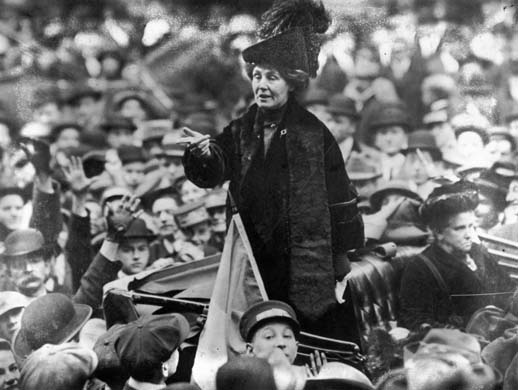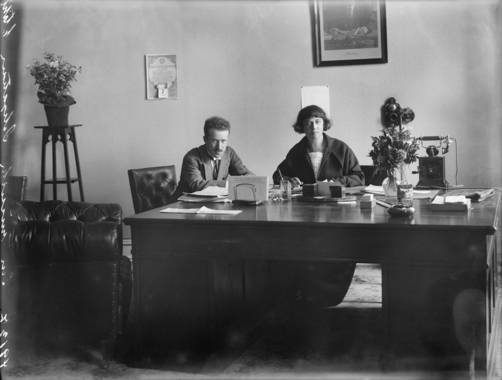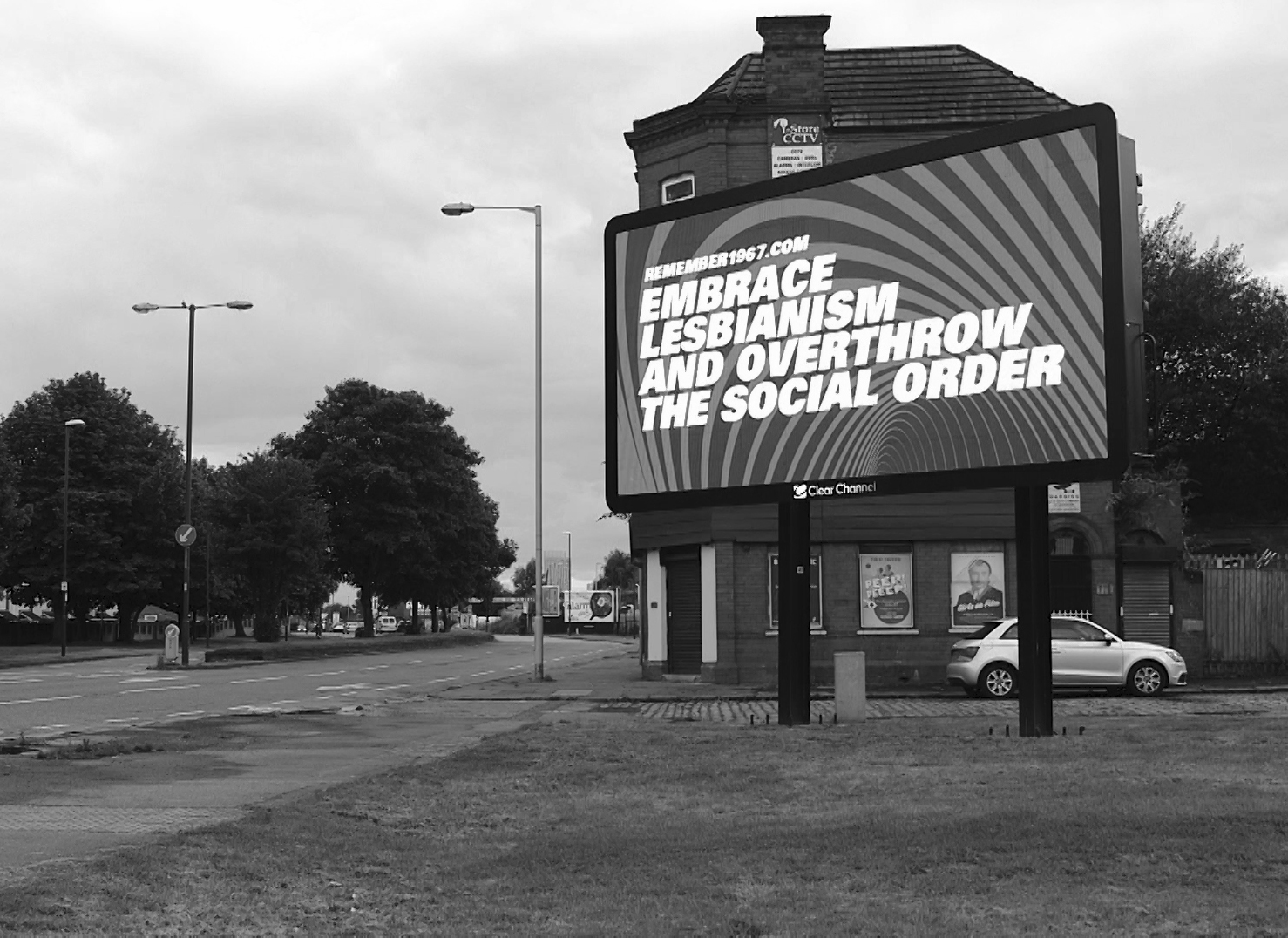To begin with the most obvious and fundamental way in which the history of feminism is the history of blind spots, we might think about the famous suffragette Emmeline Pankhurst. She thought that her fundamental task was simply to show men that she and her sex were human beings. If they saw her humanity, it would be obvious that she ought to be allowed the vote. It’s that baffling, bewildering incapacity to see that struck me again and again.
Why the history of feminism has blind spots
Senior Lecturer in the History of Ideas
- The history of feminism is the history of women pointing out obvious truths to men, but also feminists pointing out obvious truths to each other.
- Feminists have used Marxism to show that women’s work should be considered labour and remunerated as such.
- In many ways, middle-class white feminism not only failed to include women of colour, working-class women and gay women, but also exploited these women.
A history of pointing out the obvious
One thing that I found while researching the history of feminism was that the history of feminism was again and again a history of having to point out things that should be obvious. It’s a history of trying to make visible certain things that are completely obvious and apparent to some, and yet apparently invisible to others. That is true both of women pointing out their own situation to men, but also of some women having to point that out to other women.

Emmeline Pankhurst addresses a crowd in New York City in 1913. Wikimedia Commons. Public domain.
The theft of women’s work
Another blind spot that really struck me when I was researching the history of feminism was in relation to women’s work. Again and again, the point was made, through the lens of Marxism, that all that stuff that women did – the caring, the reproductive labour – was labour, and it ought to be remunerated as such. There are various feminists who have interesting takes on that.
One figure who I was immensely taken with in my research was Selma James, who started the Wages for Housework campaign in the 1970s. She applied Marx’s analysis to women and to feminism. She took Marx’s thought that what capitalism does is cream off the labour power from the labourer, pay the labourer the minimum possible wage, and take away the profits, so you create wage slaves.
She said that if you look at what happens in the home – if you look at women’s work – it’s not just that they’re alienated from their labour power, but that it’s entirely stolen from them. Women are not even paid anything. It’s total and absolute theft of their labour. That was the idea behind the whole Wages for Housework campaign: housework is work, and it ought to be thought of as such.
A labour of love?
A key figure in this movement is Silvia Federici. She had a very nice way of putting it, which is that when society talks about what women do in the home – the loving, the caring, the feeding, the cooking, the clothing and the talking – it is characterised as a labour of love. Her point was that this is a trick; it’s a manipulation; it’s to say that you are doing this out of love.
We might be doing it out of love, but we’d also like it to be understood for what it is, which is work. That’s why, for example, the Labour government in England introduced child benefit, which was conceived of as wages for the mother, for her work.

Alexandra Kollontai (1872–1952), Russian communist revolutionary and Soviet diplomat, appointed as an attaché, later chargée d'affaires and finally minister plenipotentiary in Norway (1922–1926 and 1927-1930). Photo with Marcel Body (fr) from the Soviet legation in Oslo by Eivind Enger (from the collections of Oslo Museum via DigitaltMuseum).
Another crucial figure who came through Marx to think about women’s work was the magnificent Alexandra Kollontai, a Russian revolutionary at the beginning of the 20th century. She said that the only thing that women have to do in terms of social reproduction is to give birth. No one else can do that. But after that, there’s no reason why the individual mother has to look after children. That ought to be the responsibility of the State. And I think it’d be a very good idea if our current government thought in that way.
The blind spots of white feminists
Just as feminists had to point out to men their blind spots, so certain women and feminists had to point out to other feminists their own blind spots. This is most centrally and importantly true in relation to white, middle-class, rich feminists, who failed to see in the long history of the movement the ways in which they not only failed to include, for example, women of colour, working-class women and gay women in their understanding of the category of women, but they also exploited those women.
If we think back to the so-called first wave of feminism in the middle of the 19th century in the US, Elizabeth Cady Stanton was fighting for equality for women, for suffrage, but not for Black women. Sojourner Truth, the extraordinary abolitionist activist, famously stood up in a human rights convention in Ohio in 1851 where all these people were talking about women’s rights and said, ‘Ain’t I a woman?’ That fundamental question – Aren’t I a woman, too? Why are you excluding me from your category? Why are you excluding me from your fight? – was one that comes up again and again.
Voices of Black feminists
The brilliant and amazing feminist Anna Julia Cooper was an African American woman who was born into slavery and then emancipated. She led the most extraordinary life, and she obtained her PhD from the Sorbonne. She reflected on the invisibility of Black women amongst white feminism and the women’s movement. And she talked about what it was like to travel as a Black woman around America.
She talked about travelling on trains, coming into the station and watching white women be helped off the train by the conductor. Then, when she would come to alight, the conductor would turn away from her. She described walking along the platform to try to find somewhere to rest and finding herself between two signs hanging down, one of which said “for ladies”, and the other of which said “for coloured people”. She said she wondered under which sign she came.
Another crucial figure in alerting everyone to the extraordinary blind spots of white feminism was Audre Lorde. In her incredibly important essay “The Master’s Tools Will Never Dismantle the Master’s House”, she discusses how white feminism is never going to dismantle the patriarchy insofar as it is exploitative of and erasing of Black women. There’s this amazing part where she talks about the way in which white women exploit Black women in order to attain their own liberation. So they employ Black women to look after their children so that they can go off on marches; they employ Black women to look after their children so that they can go to conferences on feminist theory. She was so eloquent about waking up to that blind spot, and we are all continuing to learn from her.
Exclusion of lesbian feminists
Another blind spot, which famously came to the fore of second-wave feminism, had to do with sexuality. Betty Friedan’s important core text The Feminine Mystique, published in 1963, was all very well, but reportedly Betty Friedan said of lesbians that they were the “lavender menace”; they were damaging the fortunes of the movement.

Embrace Lesbianism and Overthrow the Social Order' is one of six public art posters created by artist Martin Firrell. The posters present demands made by 1960s activists that still warrant attention today. Radical feminists of the time believed the only way for a woman to escape patriarchal control was to adopt lesbianism and seek to overthrow the social pecking order that automatically places men at the top. Wikimedia Commons. Public Domain.
In response, lesbian feminists formed their own movement. They created an organisation called the Radical Lesbians and they wrote a manifesto. They wore Lavender Menace proudly on their t-shirts and once again highlighted the amazing exclusions of feminism.
Protest and ceding power
It’s a really interesting question as to whether there’s ever any way out of blind spots. We can think about the Me Too movement, where it seems the problem of violence against women couldn’t be clearer, and yet nothing changed.
Here we come up to the great power of ideology, the power of constructions. As Frederick Douglass said, power doesn’t give up anything without a fight. So in a way, the solution is protest and resistance. But it is also about those people with power – which includes white middle-class women like myself – shutting up and reading and listening and doing the work on ourselves. And yes, ceding power.
Discover more about
the history of feminism
Dawson, H. (Ed.) (2021). The Penguin Book of Feminist Writing. Penguin.